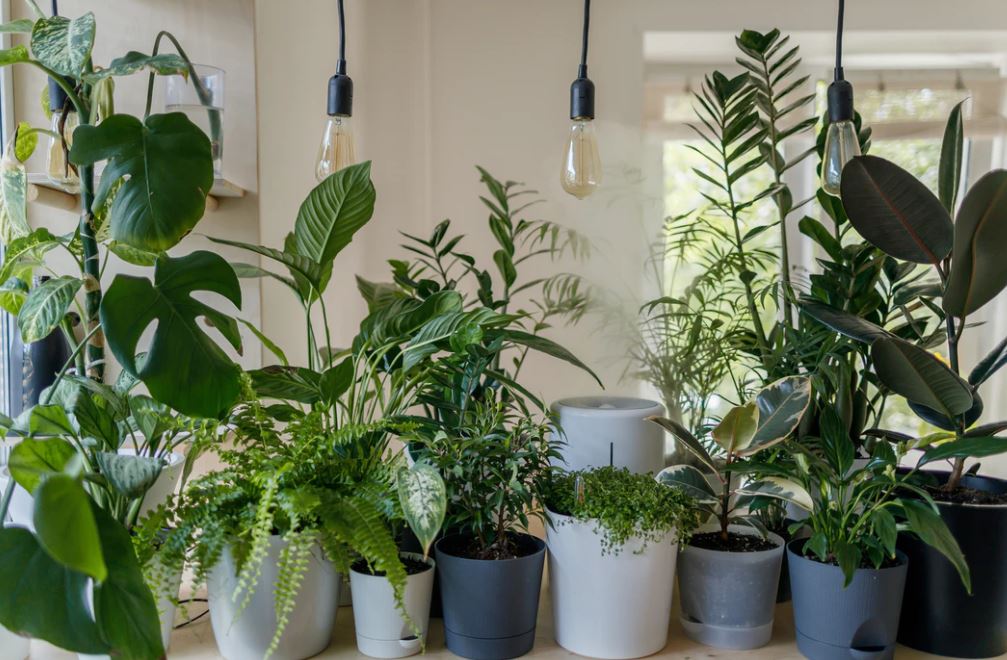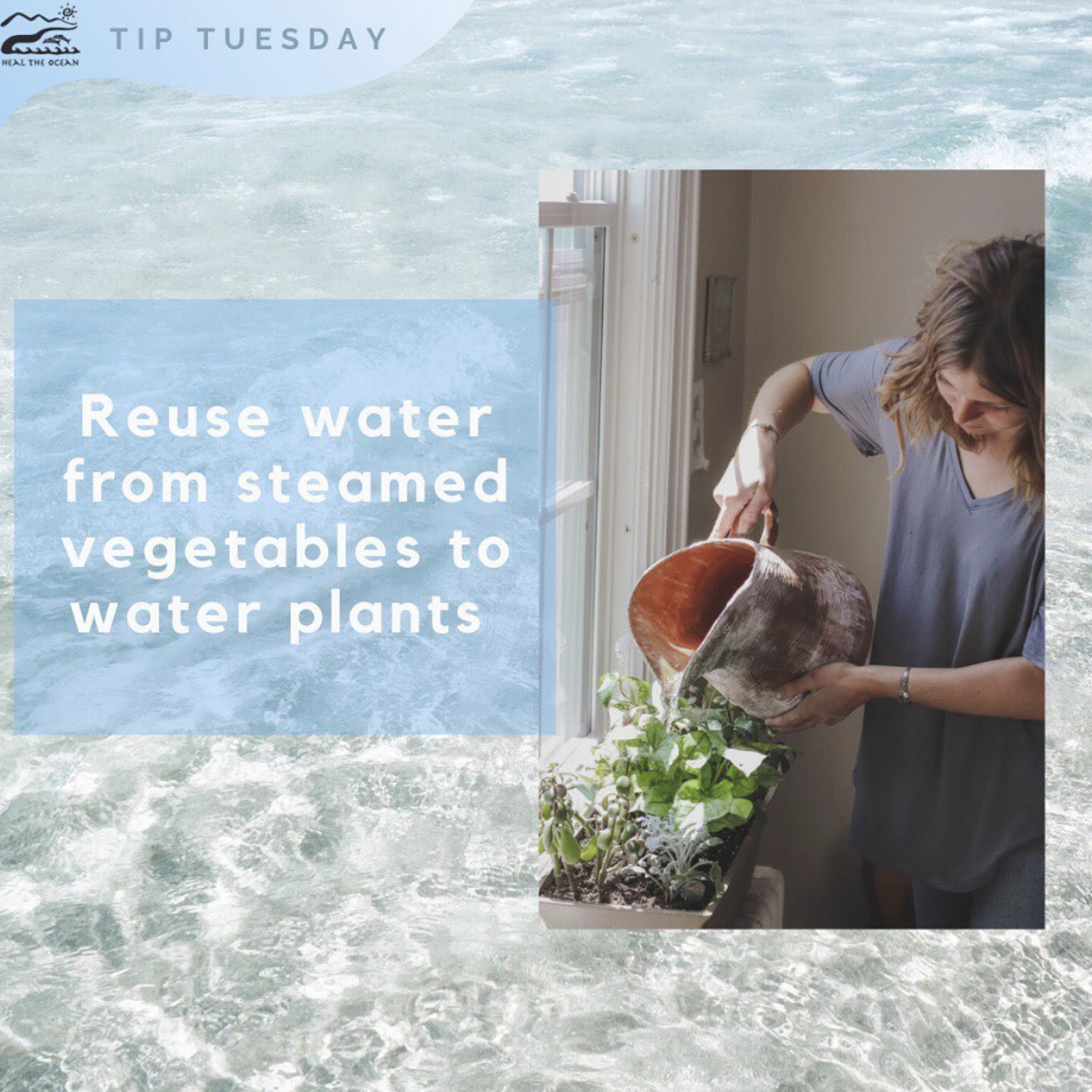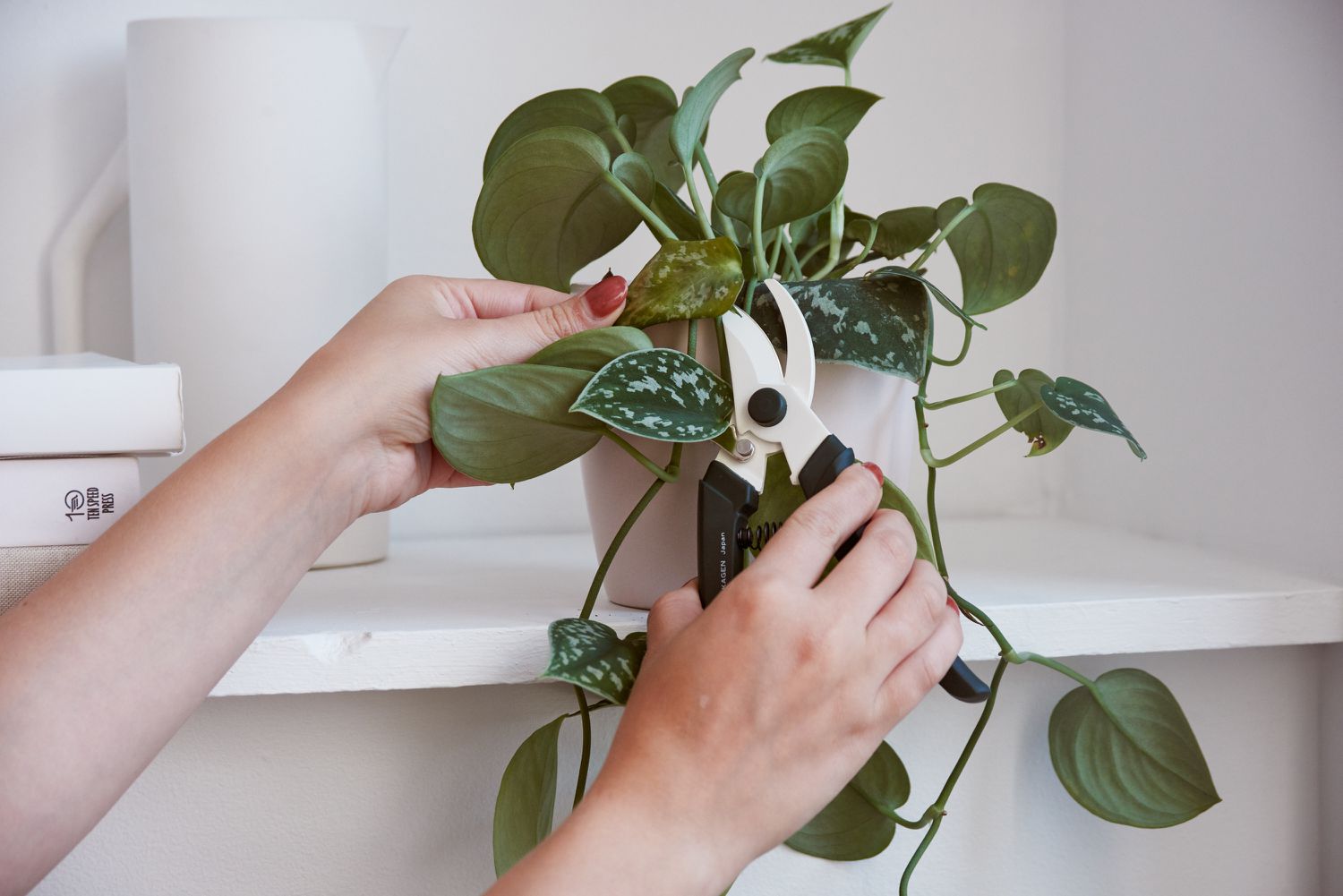How to Maximize Natural Light for Indoor Plants
Indoor plants can bring life and beauty to any space, but they require proper care to thrive. One of the most important factors in caring for indoor plants is providing them with enough natural light. While some plants can survive in low light conditions, most indoor plants benefit greatly from exposure to sunlight. Here are some tips on how you can maximize natural light for your indoor plants:
1. Choose the Right Location
When placing your indoor plants, consider their light requirements. Some plants prefer bright, direct sunlight, while others thrive in indirect light. Place your plants near windows or in areas that receive the most sunlight throughout the day. East and south-facing windows typically receive the most sunlight, making them ideal spots for most indoor plants.
2. Rotate Your Plants
Even if you place your plants in a sunny spot, certain areas may receive more sunlight than others. To ensure that your plants receive an even amount of light, rotate them every few weeks. This will prevent one side of the plant from becoming overexposed to sunlight while the other side remains in the shade.
3. Keep Windows Clean
Dirty windows can block sunlight from reaching your plants. Make sure to clean your windows regularly to allow maximum sunlight to enter your space. This simple task can make a big difference in the amount of natural light your indoor plants receive.
4. Use Reflective Surfaces
If your indoor space lacks natural light, you can maximize the sunlight that does enter by using reflective surfaces. Place mirrors or shiny objects near your plants to help bounce sunlight around the room and onto your plants. This can effectively brighten up your space and provide more light for your plants to thrive.
5. Consider Artificial Lighting
If your indoor plants are not receiving enough natural light, you can supplement with artificial lighting. LED grow lights are a popular choice for indoor plant owners, as they provide the full spectrum of light needed for plant growth. Place the grow lights above your plants and set them on a timer to mimic the natural light cycle they would receive outdoors.
6. Prune Your Plants
Regularly pruning your indoor plants can help them receive more light by removing overgrown or dead foliage. By keeping your plants well-groomed, you can ensure that sunlight reaches all parts of the plant, promoting healthy growth and overall plant health.
7. Monitor Your Plants
Pay attention to how your indoor plants respond to their light conditions. If you notice signs of overexposure or lack of sunlight, adjust their placement accordingly. By monitoring your plants regularly, you can ensure that they are receiving the right amount of natural light to thrive and grow.
- Choose the Right Location
- Rotate Your Plants
- Keep Windows Clean
- Use Reflective Surfaces
- Consider Artificial Lighting
- Prune Your Plants
- Monitor Your Plants



